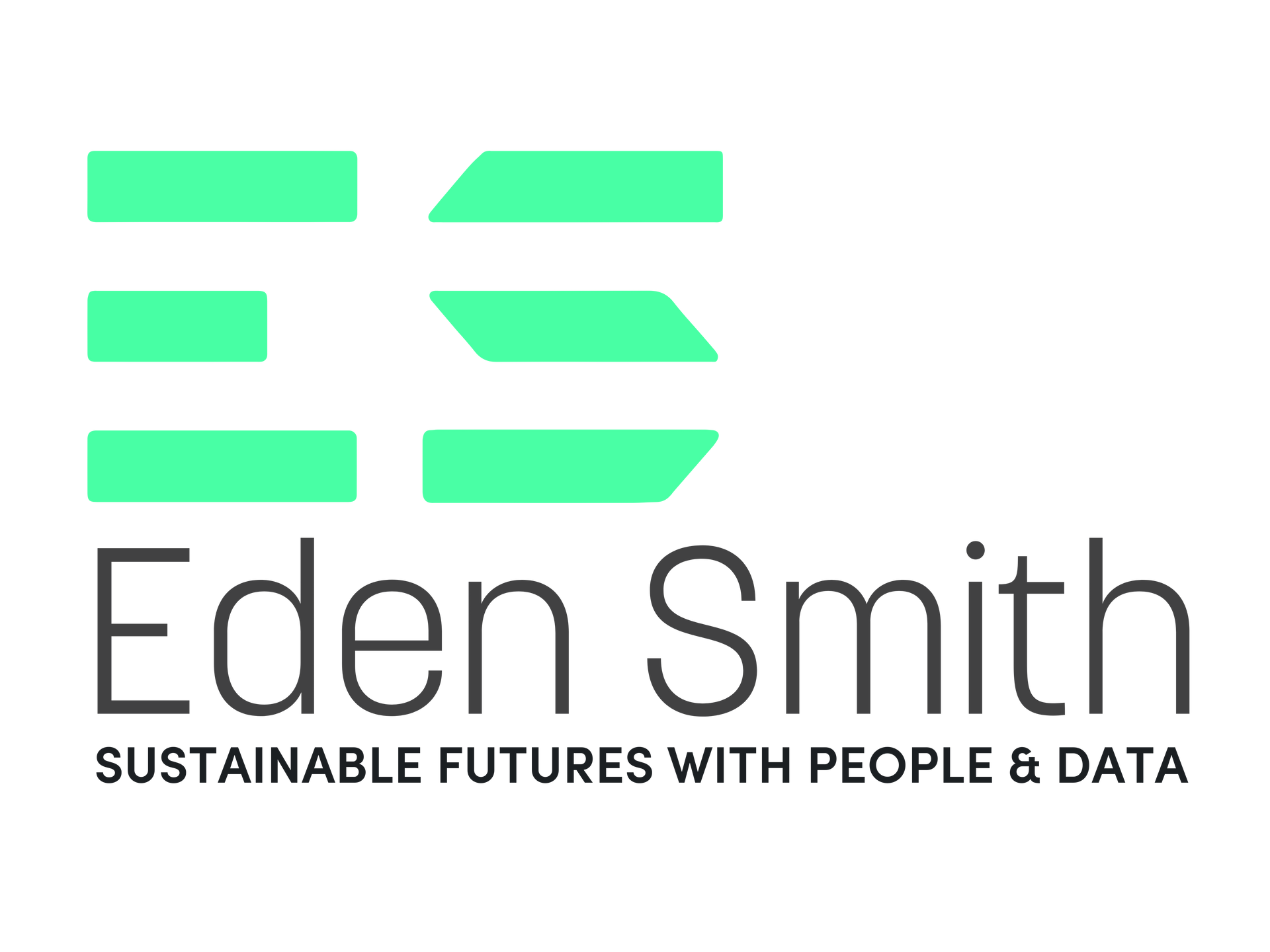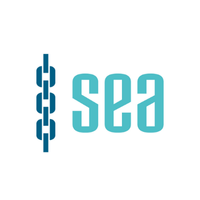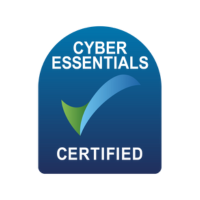Using Data to Make Smarter Environmental Decisions
Using Data to Make Smarter Environmental Decisions
In the era of climate urgency and environmental accountability, the convergence of big data and sustainability is creating new opportunities for impact. With the vast volume of information available today, from energy usage metrics and logistics data to real-time climate patterns, data is no longer just a business intelligence tool. It's a critical asset for making smarter, greener decisions that drive both environmental and economic value.
Organisations that effectively harness data can uncover insights that inform more sustainable operations across the board. Whether it's cutting waste in production processes, forecasting renewable energy needs, or reducing emissions in global supply chains, data can reveal what’s working, what’s not, and where the biggest opportunities for change lie.
From Carbon Footprints to Greener Logistics: Real-World Data in Action
Data is already transforming how companies address their sustainability goals. In supply chains, for instance, businesses are using advanced analytics to map out routes that minimise fuel consumption and optimise loads, dramatically cutting transport-related emissions. Retail giants like Walmart and Amazon have invested heavily in data platforms to streamline logistics and reduce environmental impact.
In manufacturing, predictive maintenance powered by sensor data helps reduce energy waste and prevent equipment failures, both of which have significant environmental benefits. Even in agriculture, data analytics is enabling precision farming, where data on weather, soil, and crop health leads to more efficient use of water, fertilisers, and pesticides.
Cities, too, are becoming smarter and greener. From managing traffic patterns to optimising energy grids and improving air quality, urban planners are increasingly relying on data to inform sustainable development policies.
For many organisations, they are motivated by compliance to ensure their climate data is accurate and up to date. Whether a business is a large corporate or a part of their supply chain, energy audits are happening, and it is vitally important to stay compliant. Companies are using data tools to ensure they are not left vulnerable.
The Tools Behind Smarter Sustainability Strategies
To drive these insights, organisations are turning to a suite of data tools and platforms designed for sustainability. Technologies like IoT (Internet of Things) devices collect real-time environmental data, while cloud-based analytics platforms process and visualise the findings. Tools such as Microsoft Cloud for Sustainability, Google Earth Engine, and IBM’s Environmental Intelligence Suite are empowering businesses to track, report, and act on sustainability metrics.
Data visualisation tools like Tableau and Power BI make it easier to communicate sustainability insights with stakeholders, driving better decision-making and accountability. Additionally, ESG data platforms such as EcoVadis and 51toCarbonZero help organisations measure and benchmark their sustainability performance against global standards.
The intersection of data and sustainability is more than a trend; it’s a fundamental shift in how organisations approach environmental responsibility. By embedding data into the heart of sustainability strategies, companies can achieve measurable impact, drive innovation, and build a more resilient, responsible future. Top 10 Big Data Platforms and Tools
Ready to leverage big data for a greener future? 🌍
Discover how your organisation can use data-driven insights to make smarter environmental decisions and build a more sustainable future. Explore real-world examples and powerful tools that are already driving change in sustainability practices.
Take action today – Get in touch with Jake Carrington at Eden Smith to start your journey toward integrating big data into your sustainability strategy!












